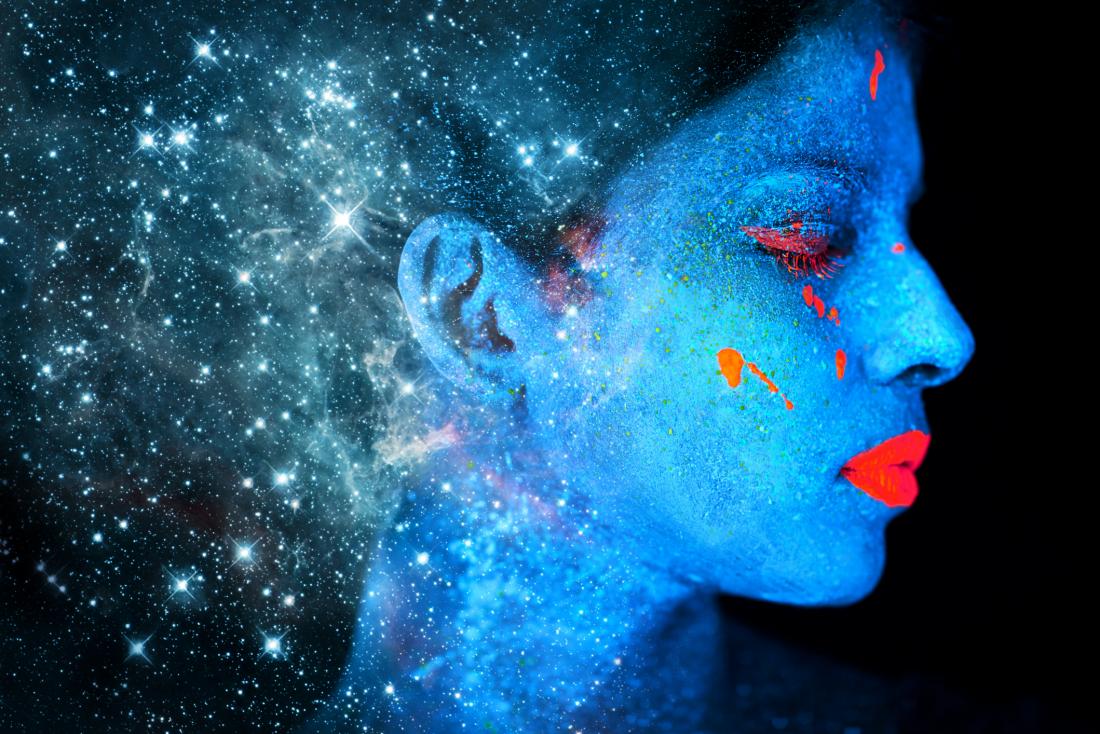
Imagination isn’t just an escape into fantasy or a tool for creative minds. It shapes how we see and even transform reality, working hand in hand with reason to offer profound insights. It’s not about opposing reason; rather, they complement each other, enriching our understanding across various disciplines like science, social studies, language, and even mathematics.
Unfortunately, in our modern era, we tend to view reason and imagination as opposites, each confined to individual minds and reduced to mere brain functions. This narrow perspective disconnects us from the holistic worldview of ancient cultures, where creativity was seen as a collective inspiration. Even within Islamic mystical thought, imagination was considered a pathway to truth and understanding.
In today’s education, imagination often gets sidelined after early childhood, with subjects like math and science prioritizing analytical skills. However, exceptions exist where educators adopt interdisciplinary approaches, fostering creativity alongside analytical thinking. Encouragingly, students can explore trigonometry through cosmic patterns or understand ecological interconnectedness in social studies.
Yet, teaching imagination isn’t straightforward—it’s a complex aspect of human nature. While we may only scratch the surface of its potential, we can cultivate a deeper appreciation for its role alongside reason. As educators, it’s essential to integrate imagination into our teaching practices and recognize its profound impact on learning and understanding.


